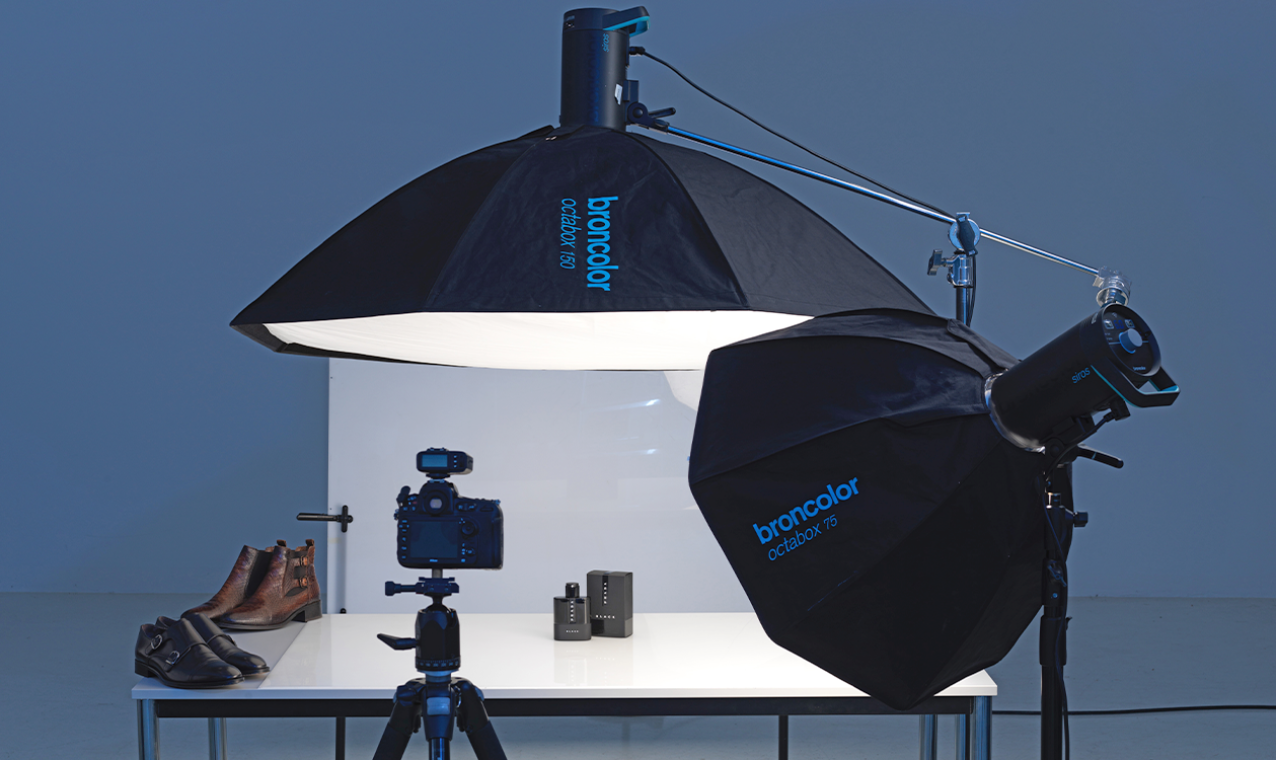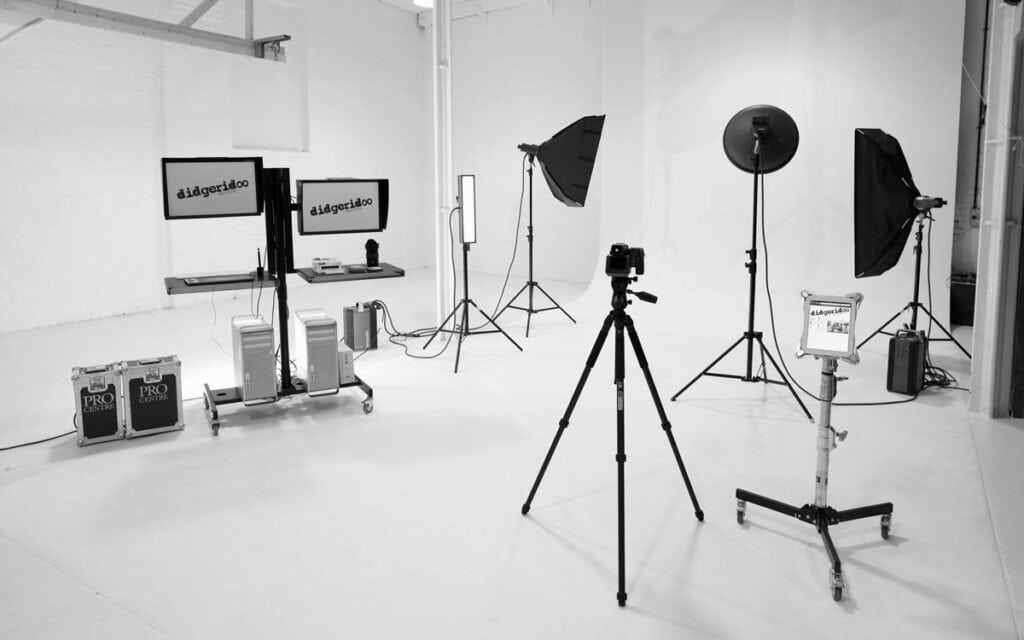How to Get Even Lighting in Photography: Essential Tips
Achieving the perfect lighting can be a daunting task for many photographers. The question on how to get even lighting in photography is consistently asked among professionals. Whether you are a seasoned professional or just dipping your toes into the fraught waters of commercial lighting, understanding your tools and surroundings is key to mastering lighting techniques.
Even lighting is crucial in photography, as it enhances details and textures without harsh shadows or bright spots that can distract the viewer. In this article, we delve deep into the techniques, tools, and tips that can aid professionals in achieving perfect even lighting to create stunning photographs.

Understanding Different Lighting Conditions
Before we discuss how to create even lighting in photography, its essential to understand the various lighting conditions. Knowing how different sources of light affect your photography is fundamental.
Natural Light Versus Artificial Light
Natural light can provide a soft, natural feel capable of enhancing colors and textures in your images. However, it can be unpredictable. On the other hand, artificial lights provide you with control and consistency. By mixing both types of light effectively, you can achieve even lighting in your photographs.
Learn more about lighting for beginners, which can provide a solid foundation for understanding how to manipulate both natural and artificial light.
The Importance of Shadows and Highlights
Shadows and highlights are crucial to understanding how to get even lighting in photography. Shadows can create depth and interest, but when they're too harsh, they can detract from your image. A good rule of thumb is to keep shadows subtle and highlights balanced.

Techniques for Achieving Even Lighting
Now that we've established an understanding of lighting conditions, lets discuss some of the techniques that will help you achieve even lighting in your photography.
1. Use Soft Light Sources
Soft light minimizes harsh shadows and creates a gentle transition between lights and darks. You can achieve soft light by using diffusers, softboxes, or bouncing light off a reflective surface. This approach helps in getting even lighting, especially in portraits.
2. Experiment with Angles
The angle at which you light your subject can transform the entire image. Try adjusting the height and angle of your light source. By placing light at different angles, you will better understand how to get even lighting in photography.
3. Utilize Reflectors
Reflectors are an incredible tool in your lighting arsenal. They bounce light back onto your subject, filling in shadows and promoting even illumination. Position reflectors strategically to help manipulate harsh light and soften shadows.

Choosing the Right Lighting Equipment
The key to maintaining a high level of professionalism in your photography is selecting suitable lighting equipment. An investment in quality lighting gear can yield excellent results. Below is a list of equipment that can aid in achieving balanced lighting.
1. Softboxes and Umbrellas
These tools are particularly effective for diffusing light and evenly covering your subject. They can transform hard light sources into soft shadows.
2. LED Panels
LED panels provide continuous lighting that can help in maintaining even exposure. They are energy-efficient and versatile, making them a favorite in many professional settings.
3. Focusing Reflectors
Using focusing reflectors allows you to adjust the intensity and distribution of light. They provide more control over how light is directed and can help enhance even lighting.
For more information on equipment, read about how to use photography lighting equipment here.

Post-Processing for Even Lighting
Editing software can contribute significantly to achieving even lighting in your final photographs. In many cases, raw images may require adjustments in shadows and highlights to achieve a uniform look.
1. Utilizing Histogram Tools
Using the histogram feature on your editing software can help assess exposure levels. Aim for a balanced histogram, adjusting shadows and highlights accordingly to unify the exposure.
2. Employing Local Adjustments
Software like Lightroom or Photoshop allows local adjustments to be made. This ability can help you manage uneven lighting effectively while maintaining the image's integrity.
Common Mistakes to Avoid in Lighting
Understanding common pitfalls can further enhance your progress in mastering how to get even lighting in photography.
1. Ignoring the Environment
The environment plays a crucial role in lighting. Neglecting reflections, colors, and the influence of surrounding objects can significantly affect the outcome of your photographs.
2. Over-Reliance on Equipment
While having the right gear is essential, relying solely on it can lead to overexposed or poorly lit images. Maintaining a good understanding of lighting methods is equally crucial.
FAQs about Even Lighting in Photography
Q1: What techniques can help with outdoor lighting?
An essential technique for outdoor lighting is to use reflectors or diffusers to modify natural sunlight, creating softer light and eliminating harsh shadows.
Q2: Can I achieve even lighting indoors?
Absolutely! Utilizing softboxes, adjustable lamps, and bounced light can aid in evenly lighting any indoor space.
Q3: How can I tell if my lighting is even?
The best way to gauge this is to examine the shadows on your subjects. Ideally, they should be soft and evenly distributed across your composition.
As an Amazon Associate, I earn from qualifying purchases.
For more detailed lighting techniques, check out lighting techniques for different settings!

